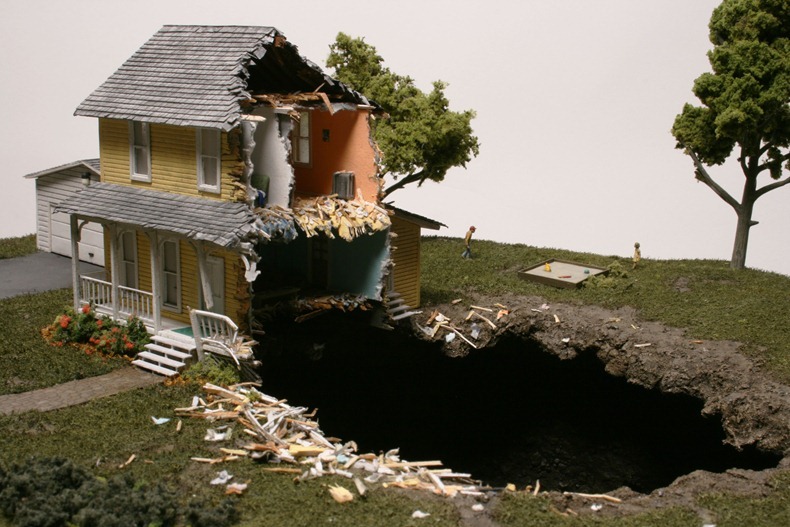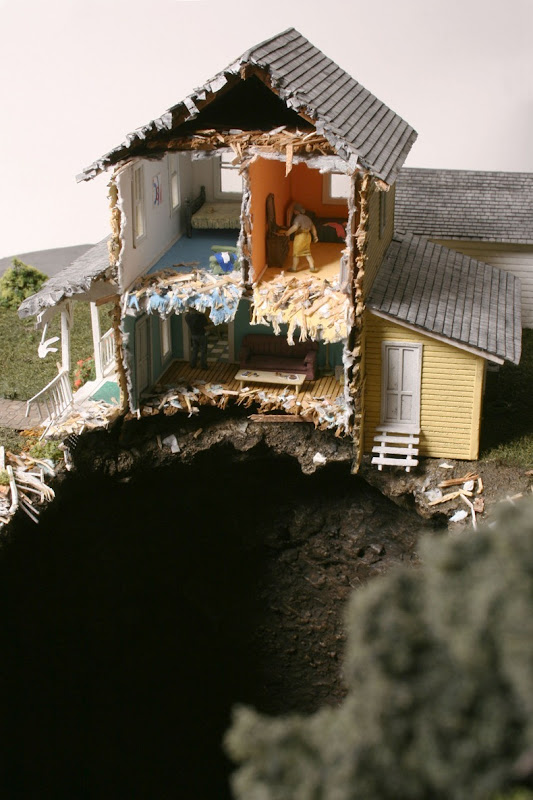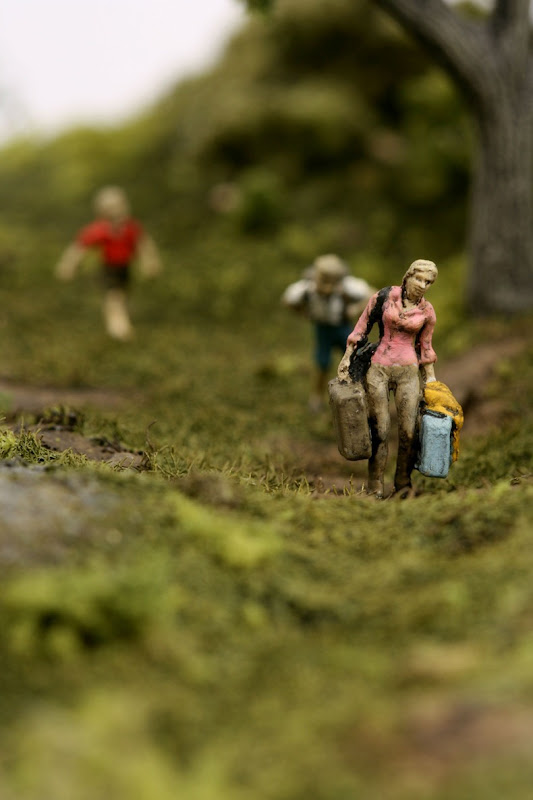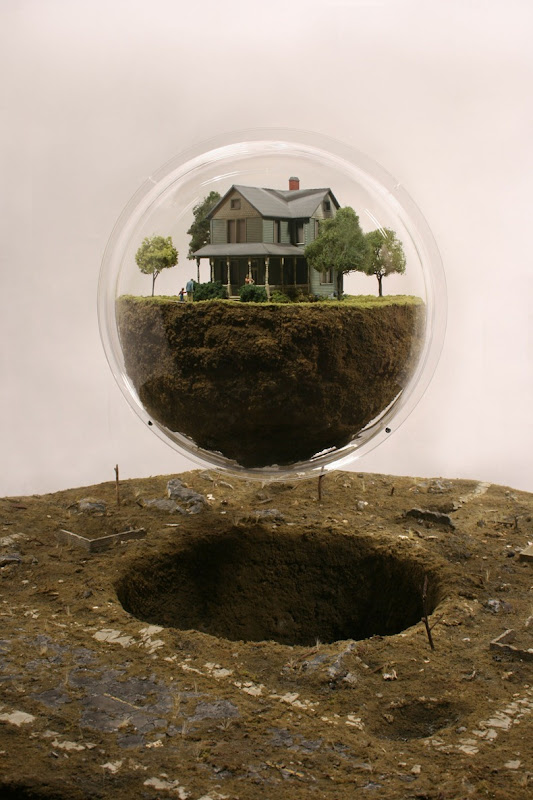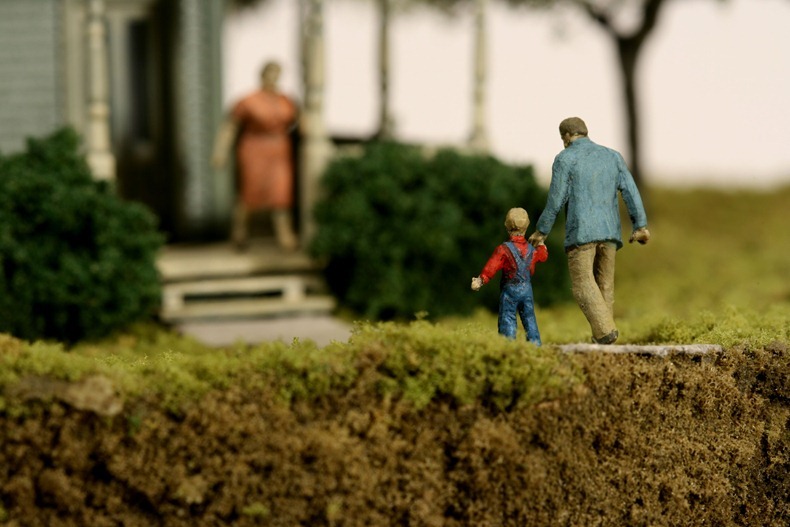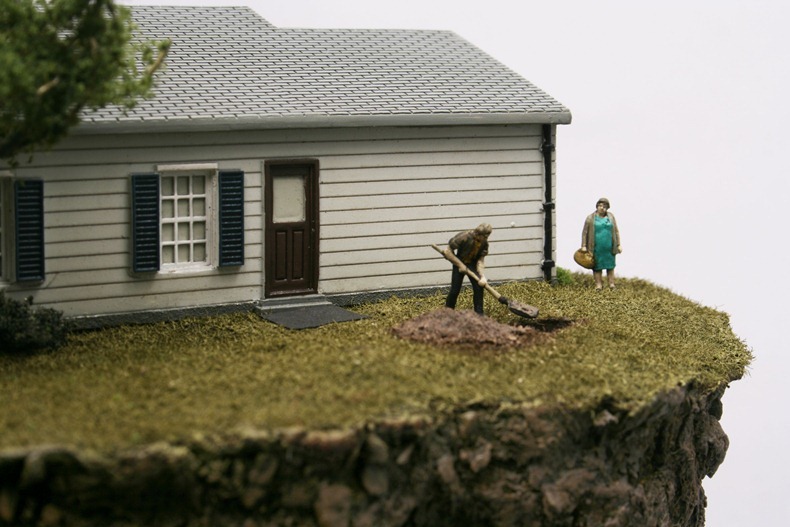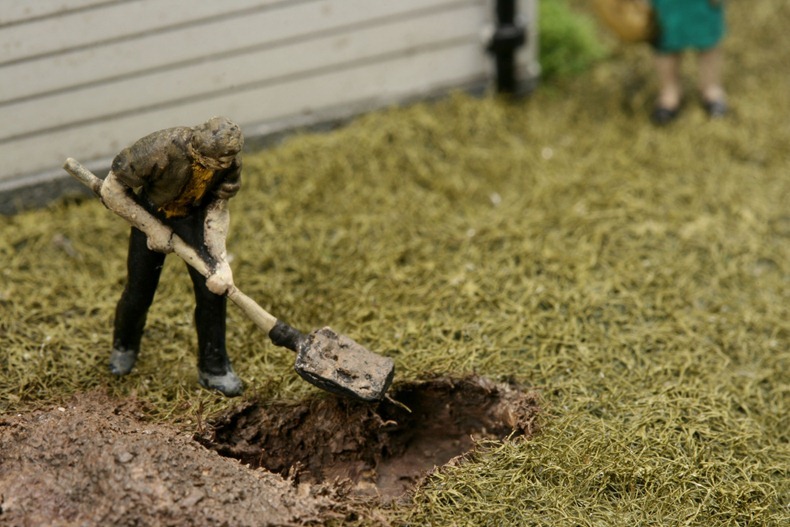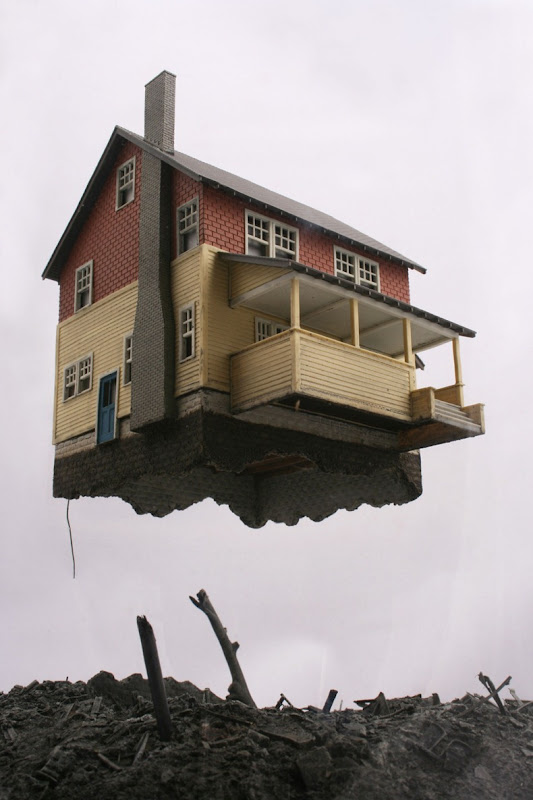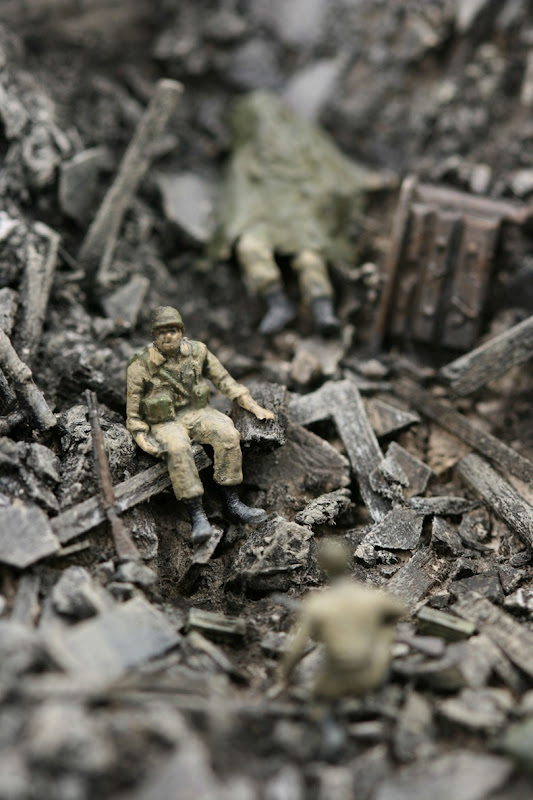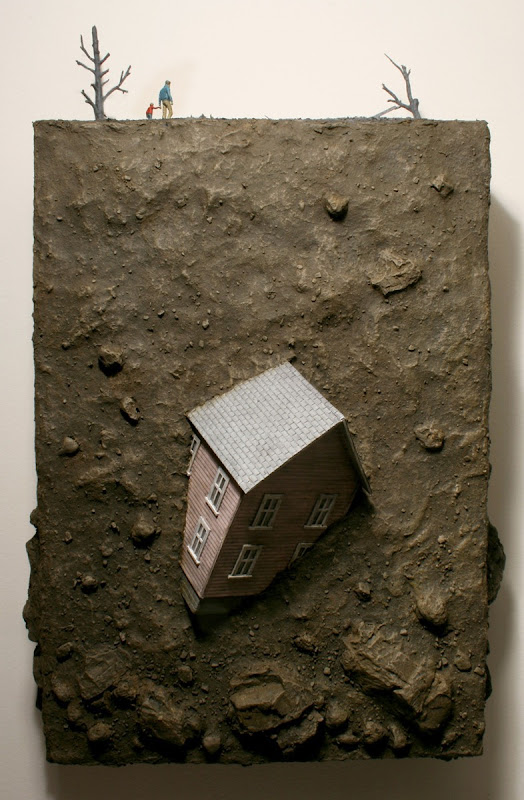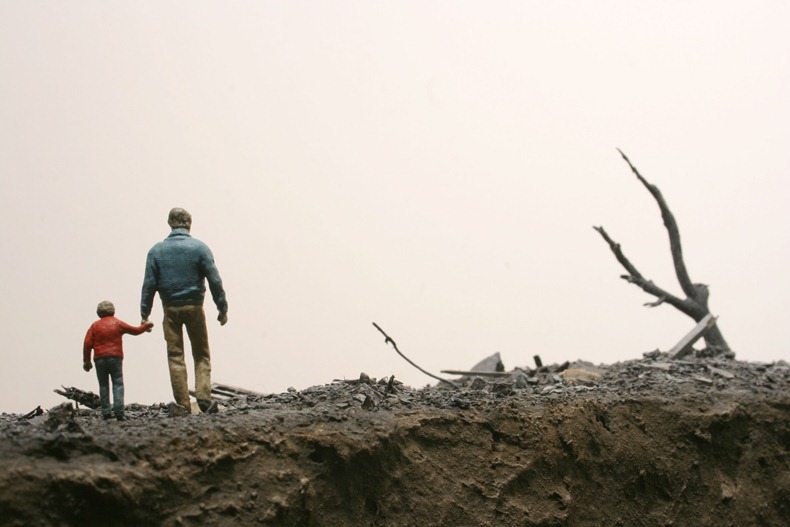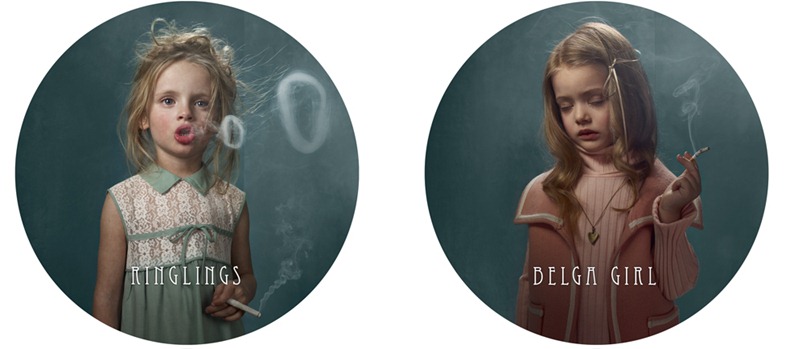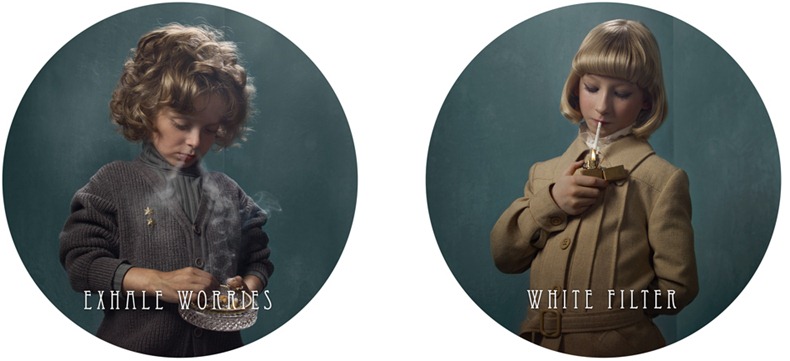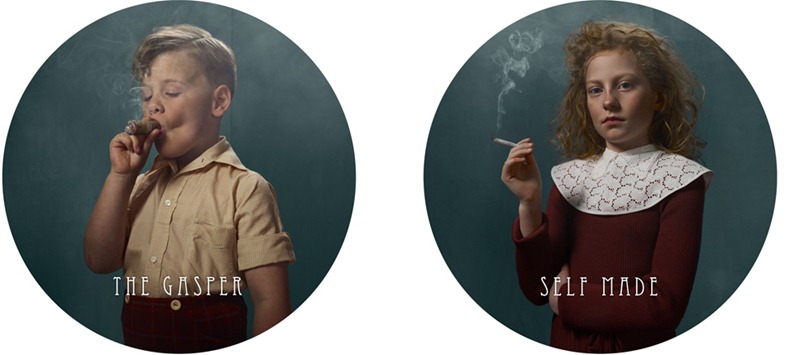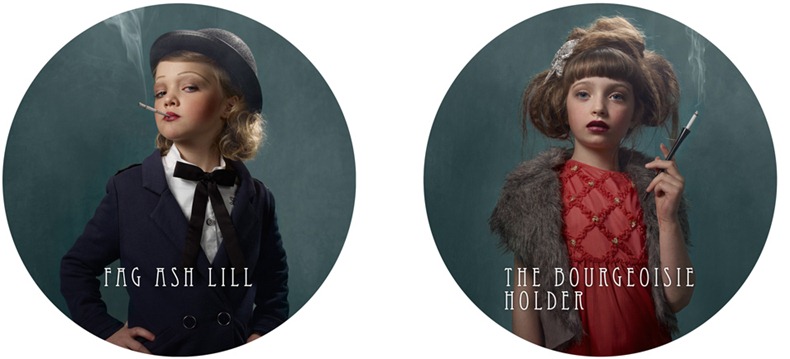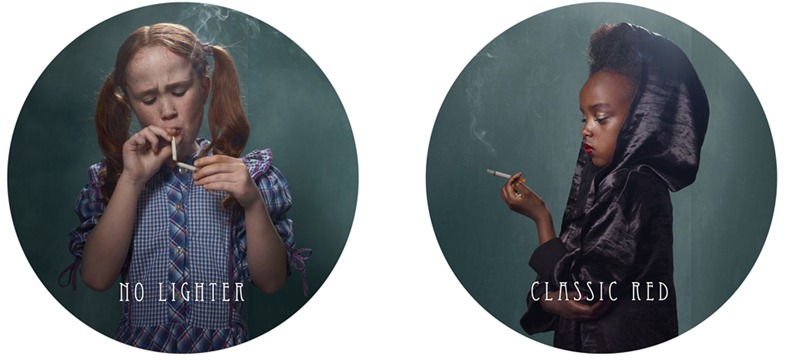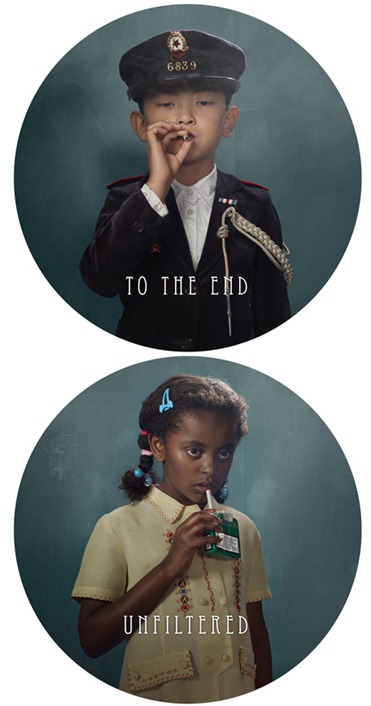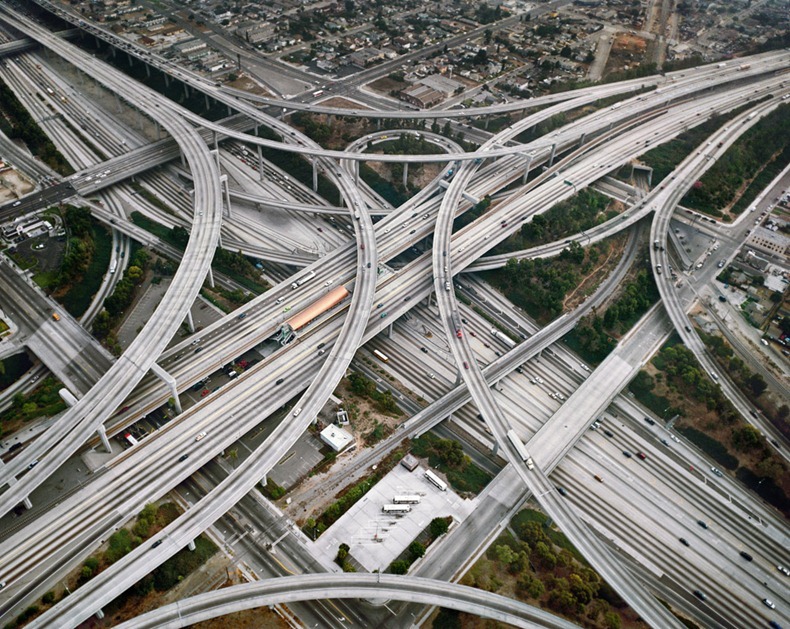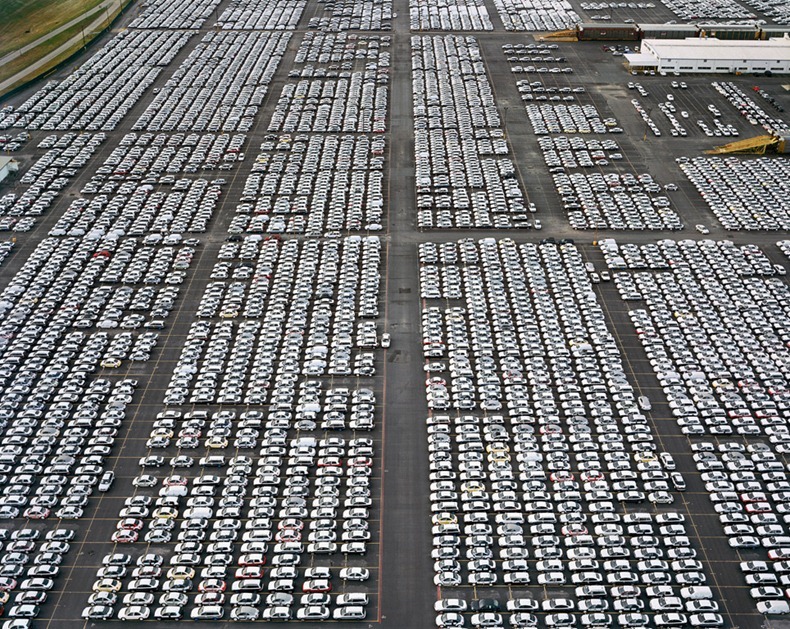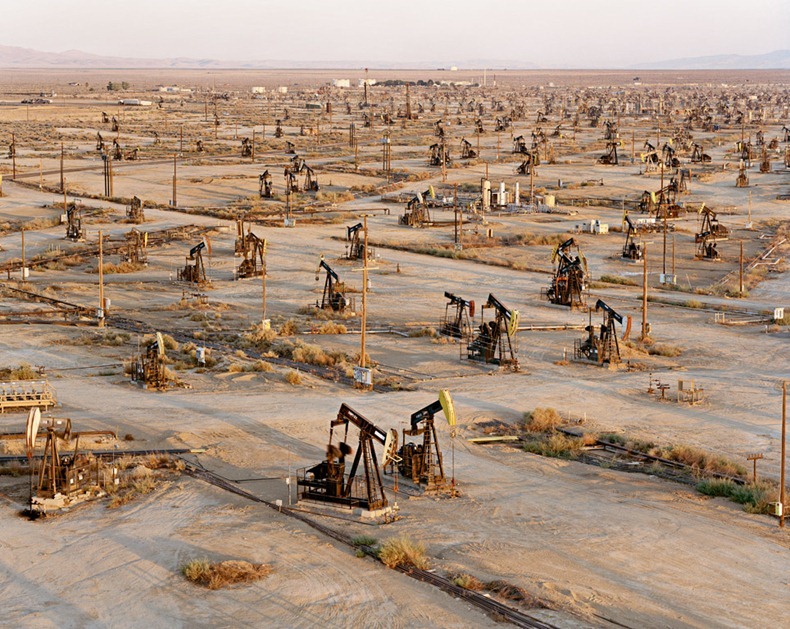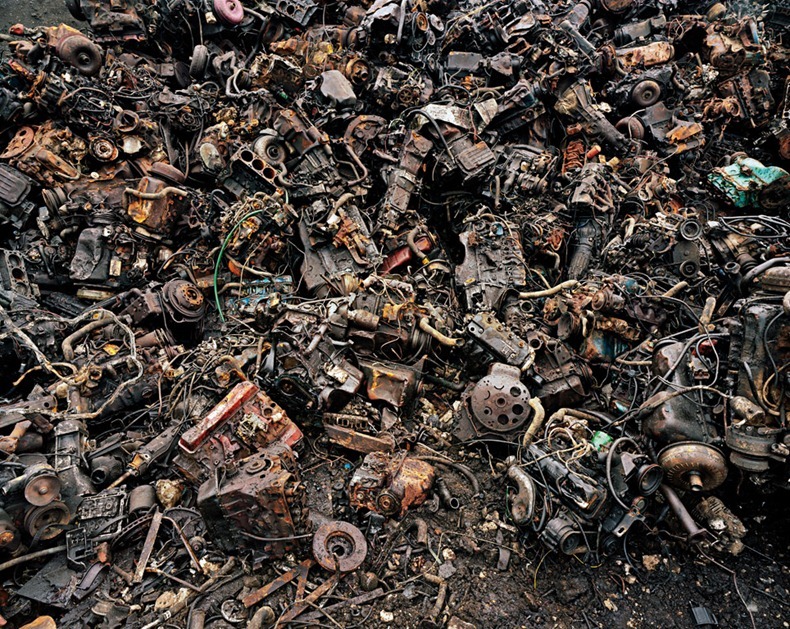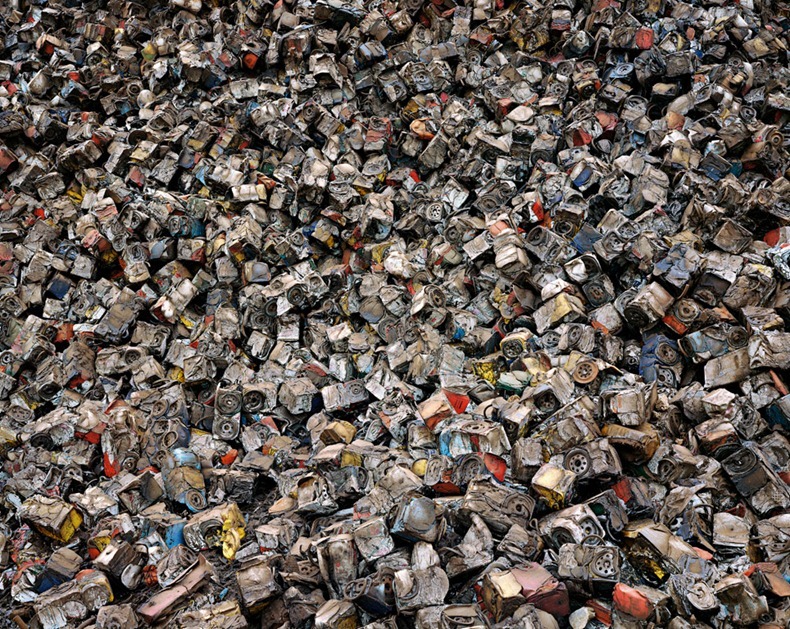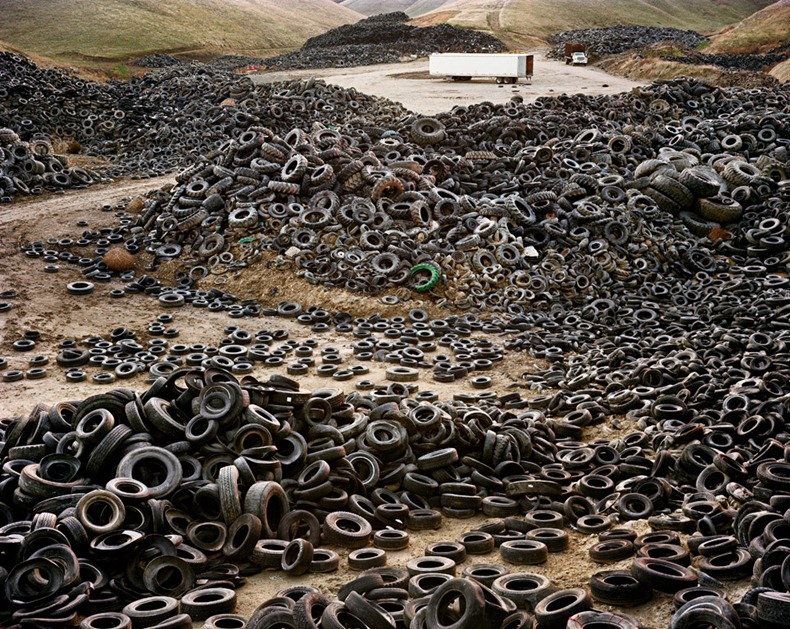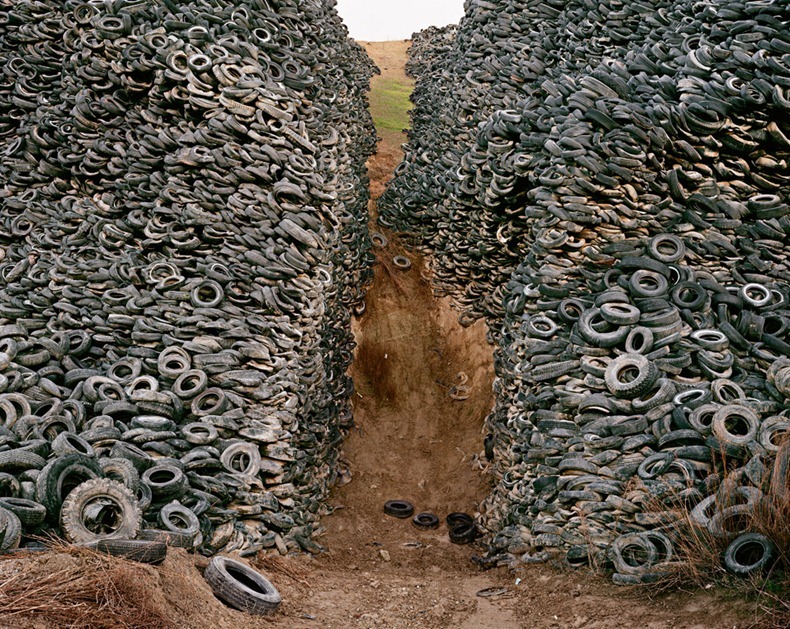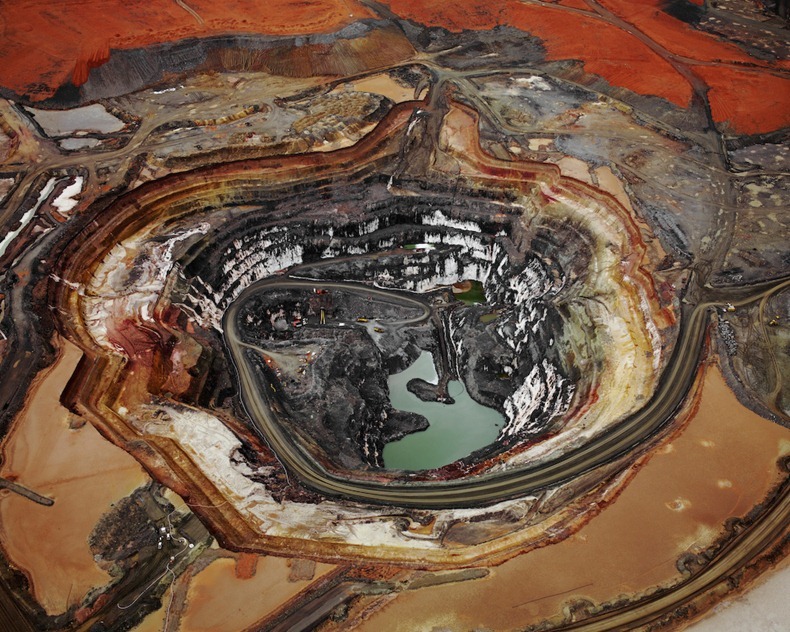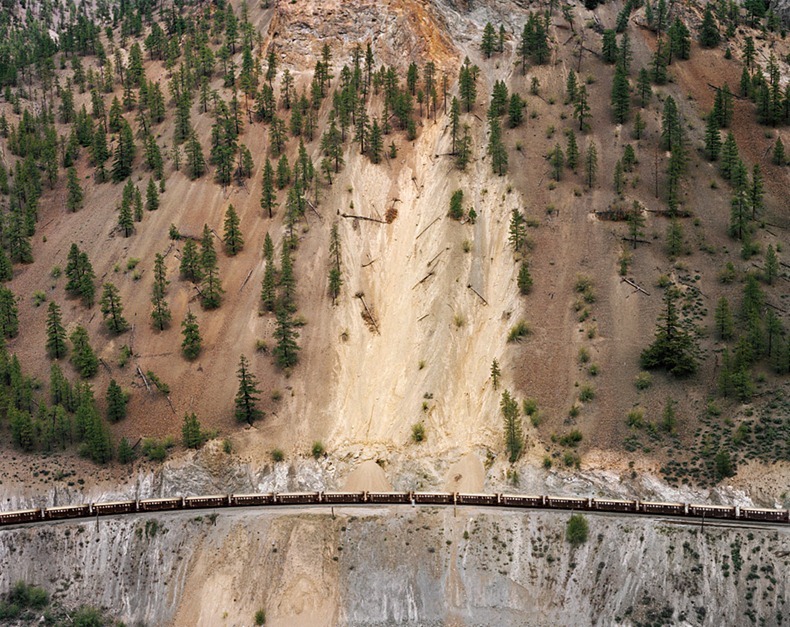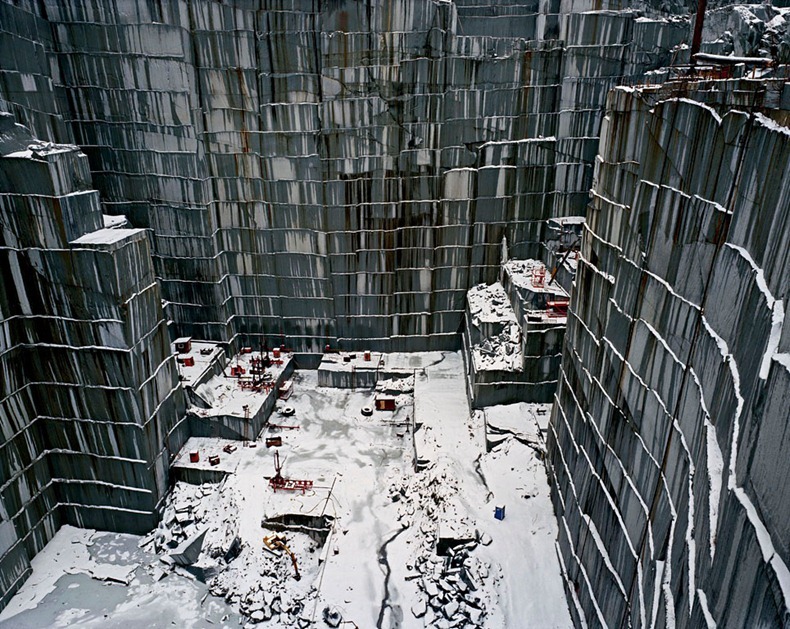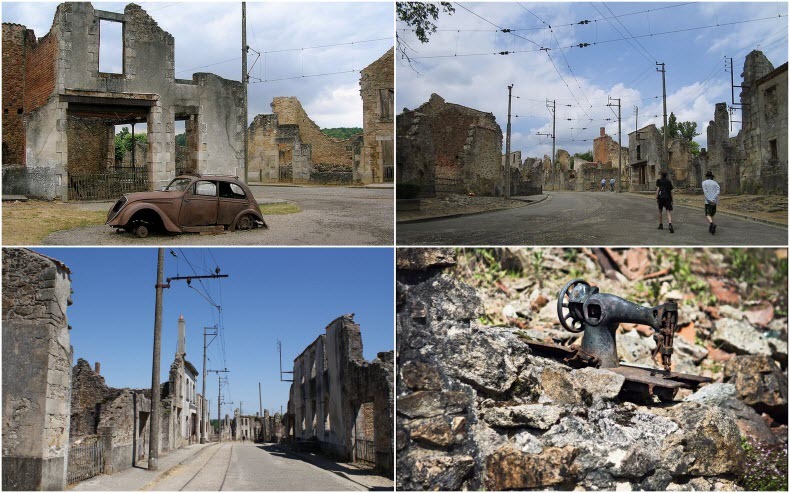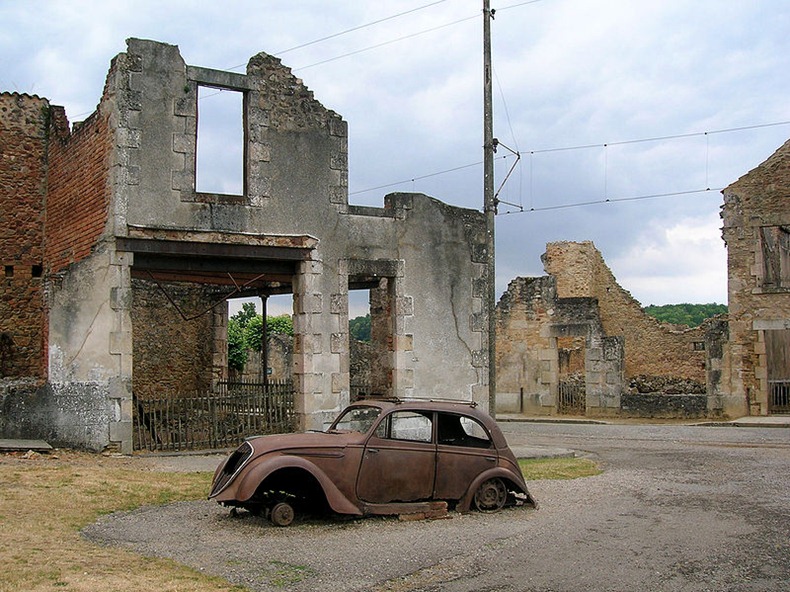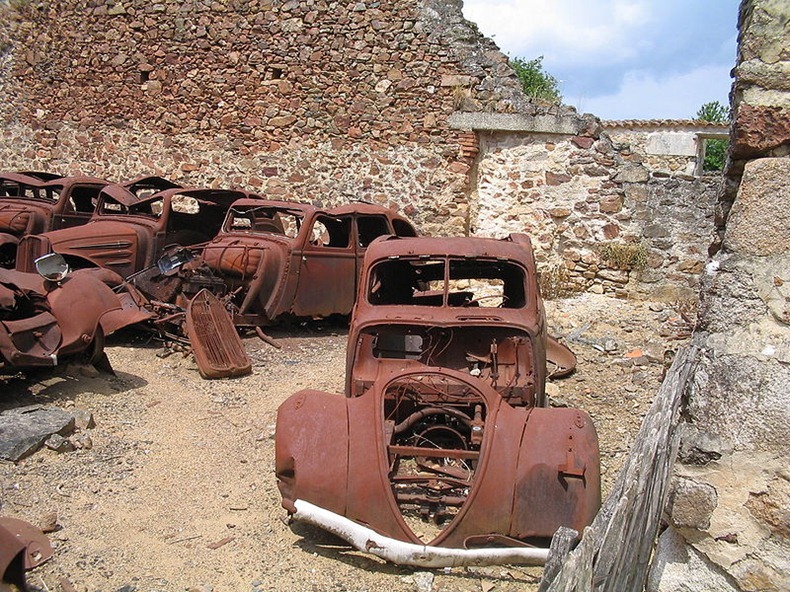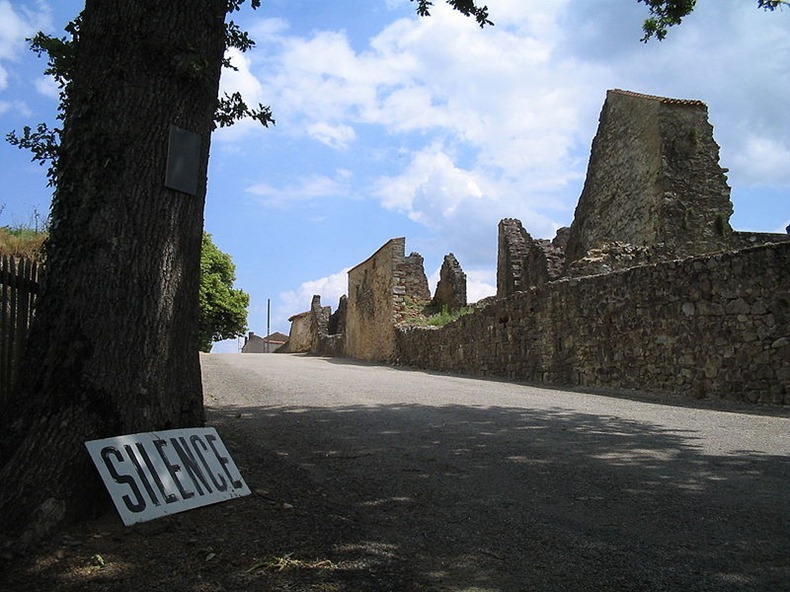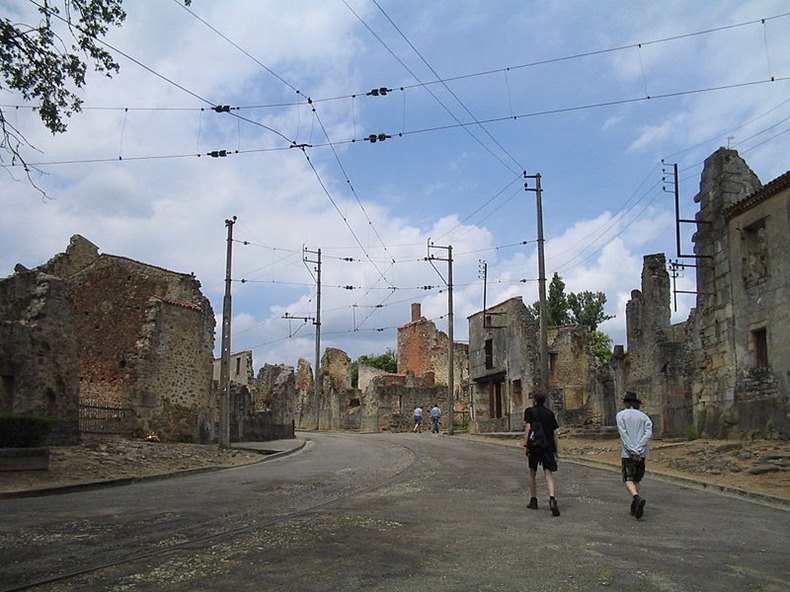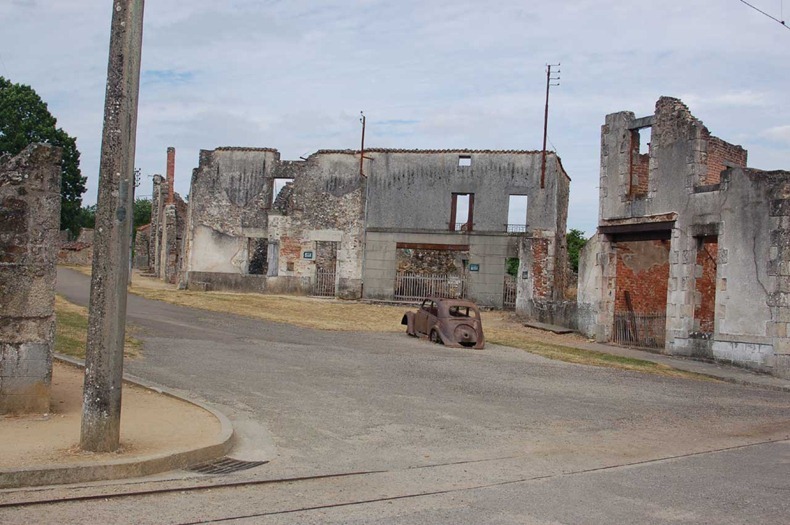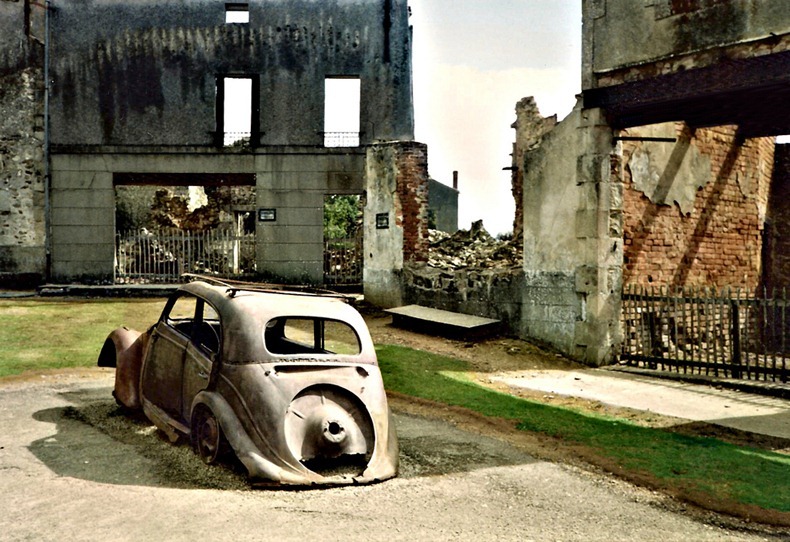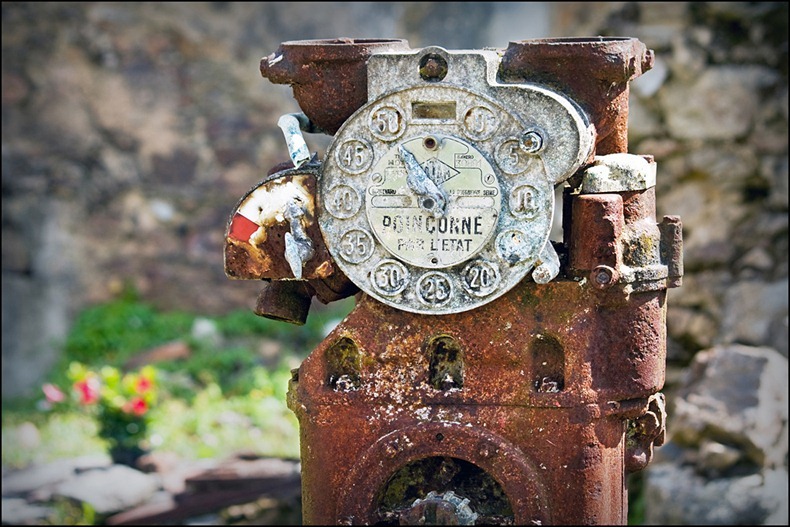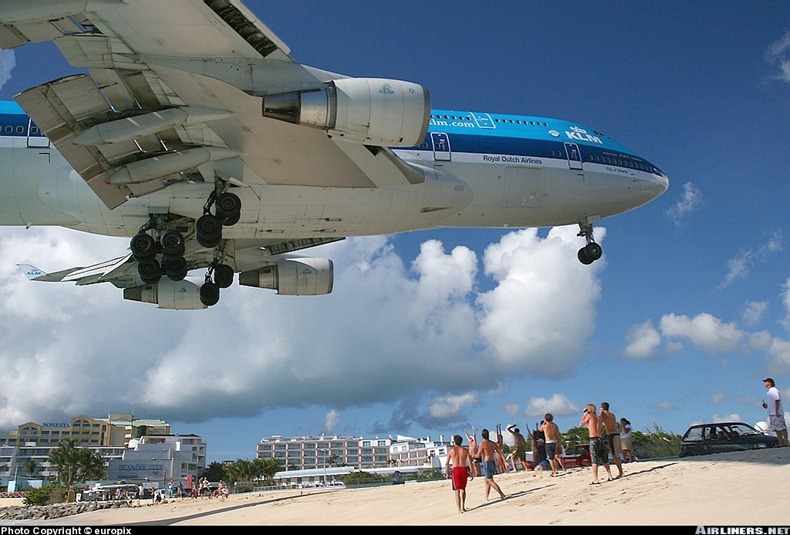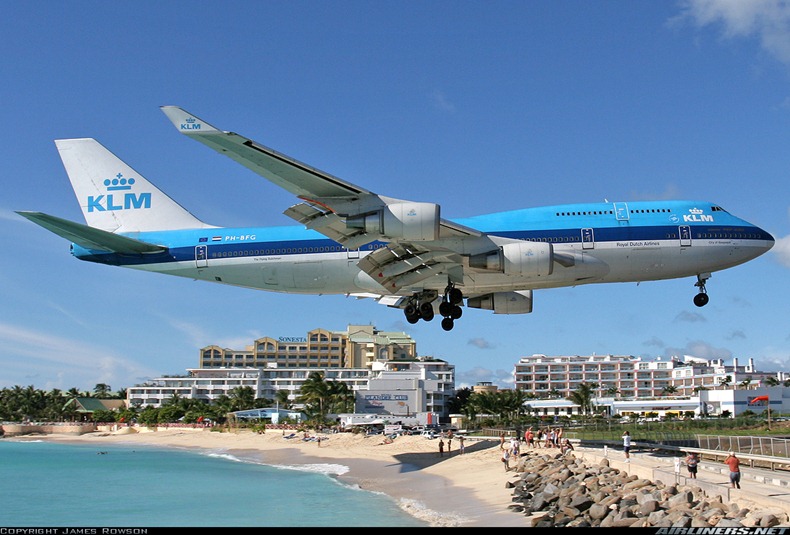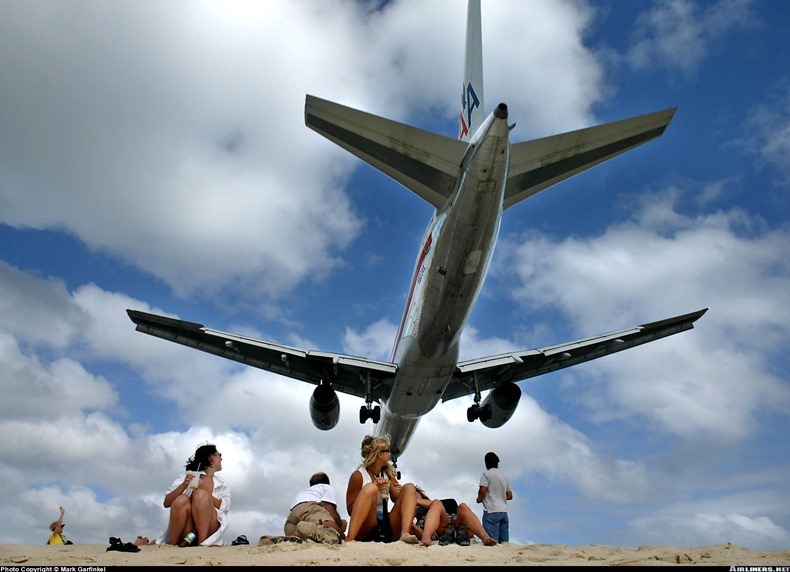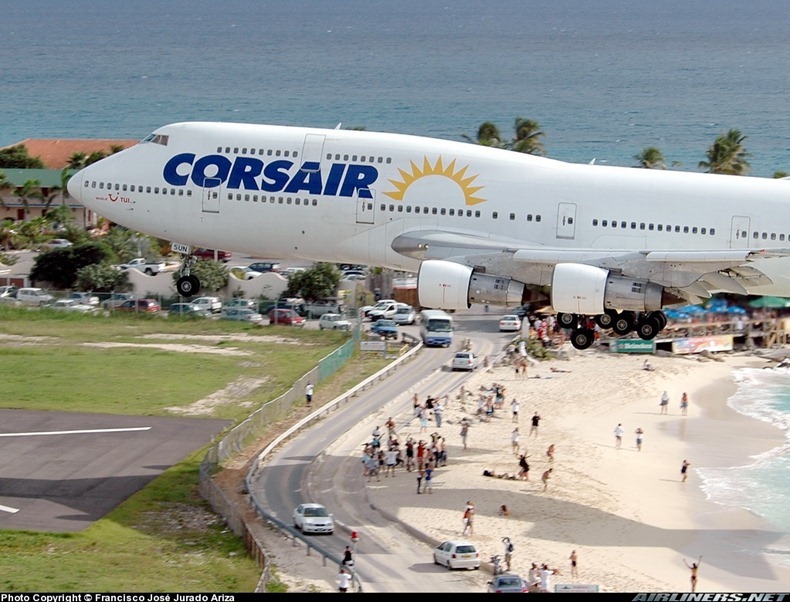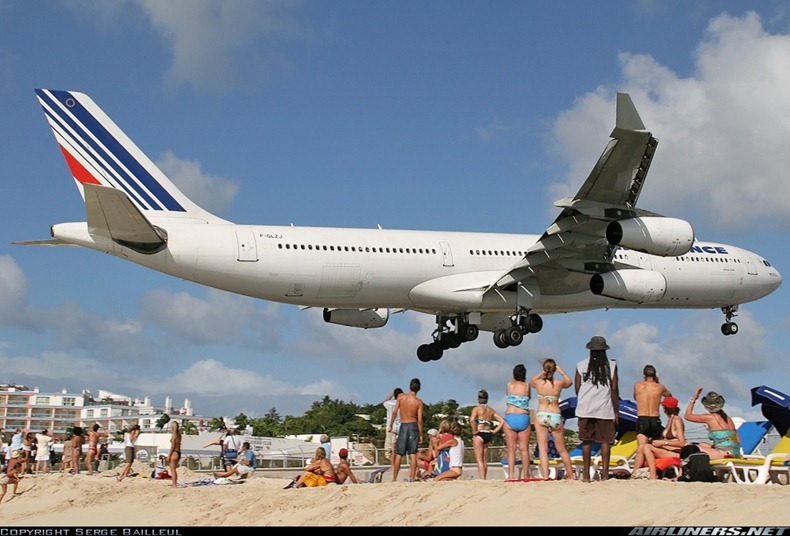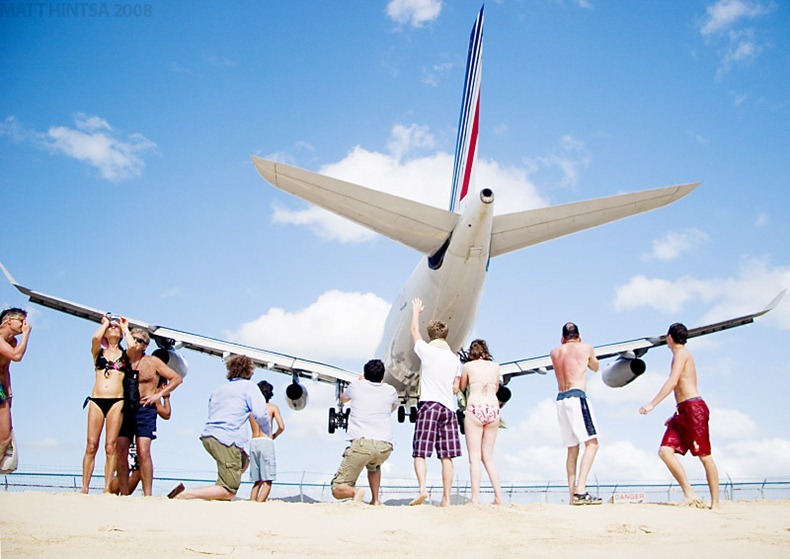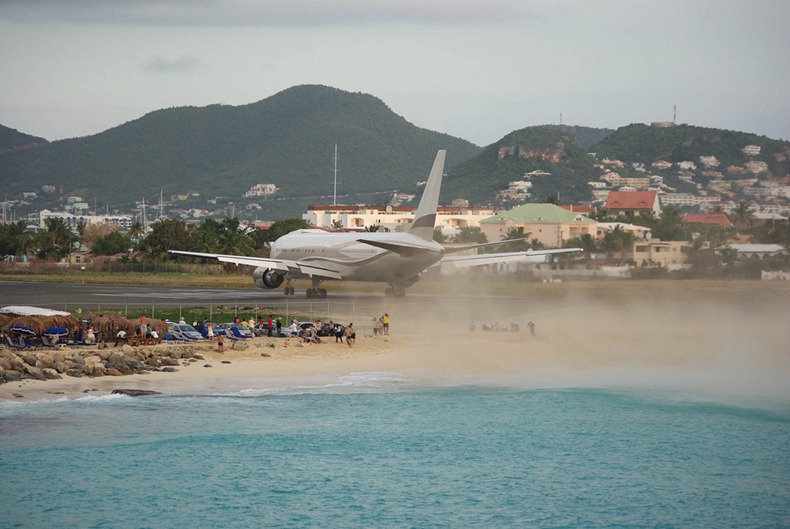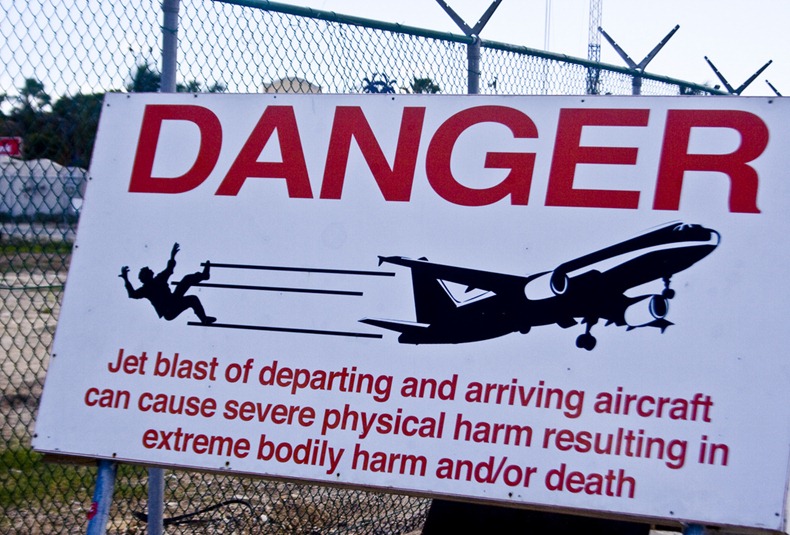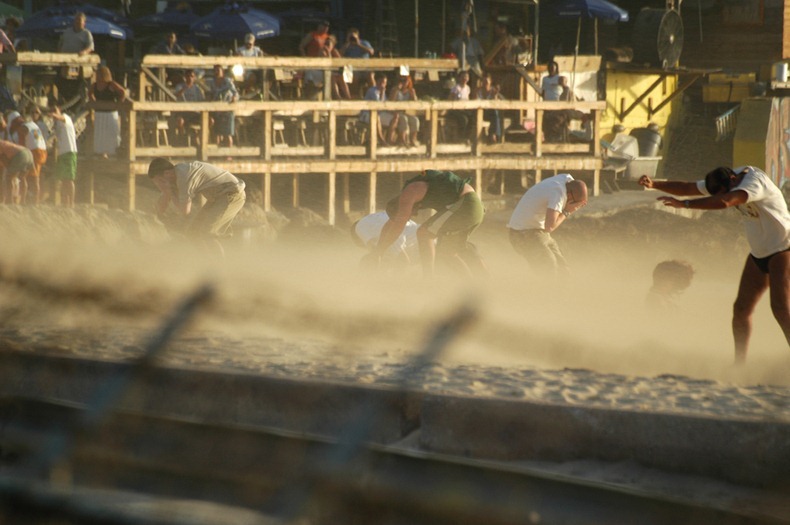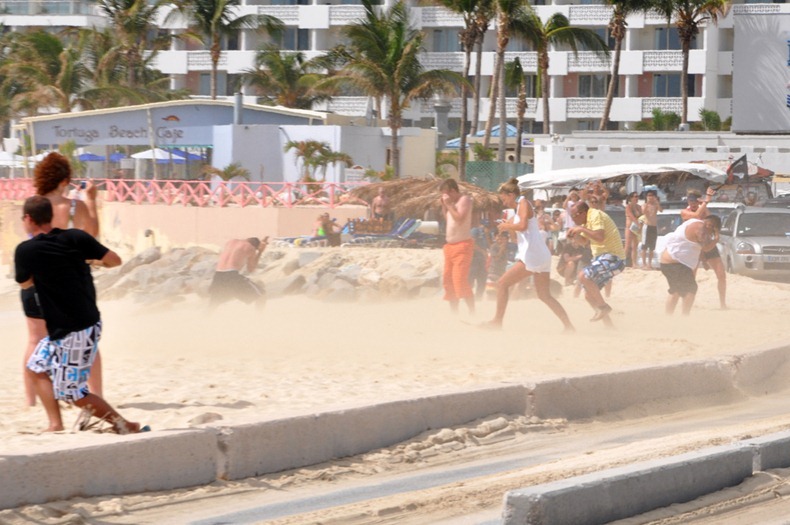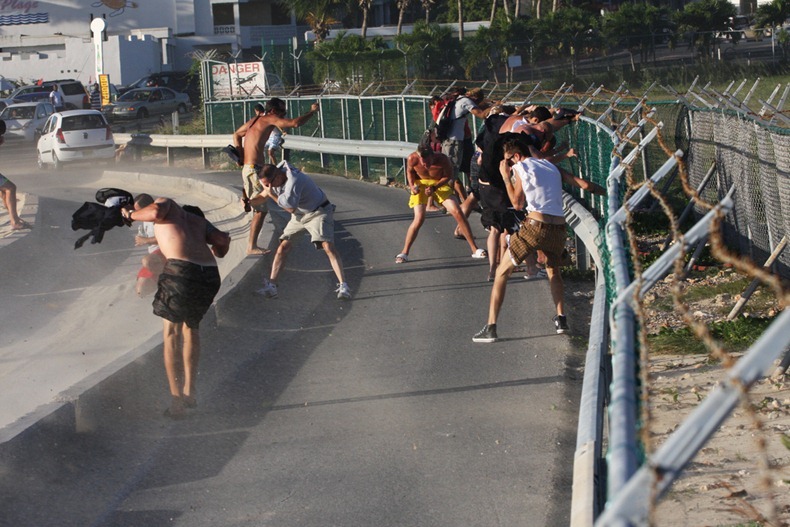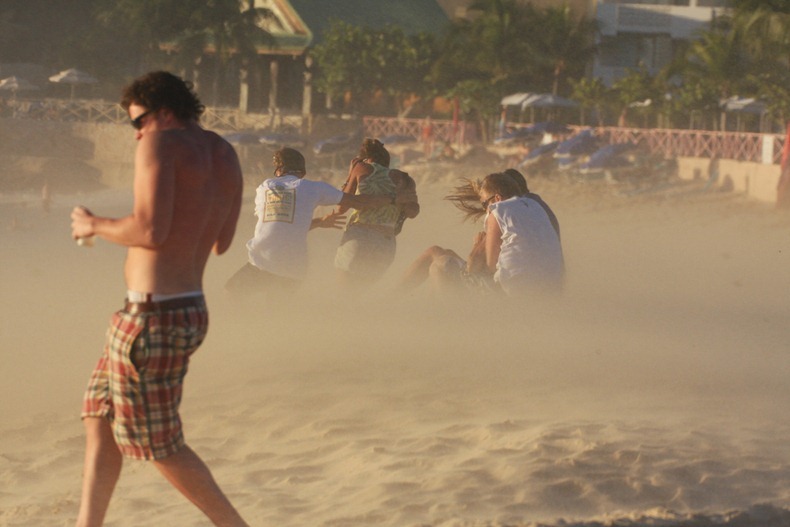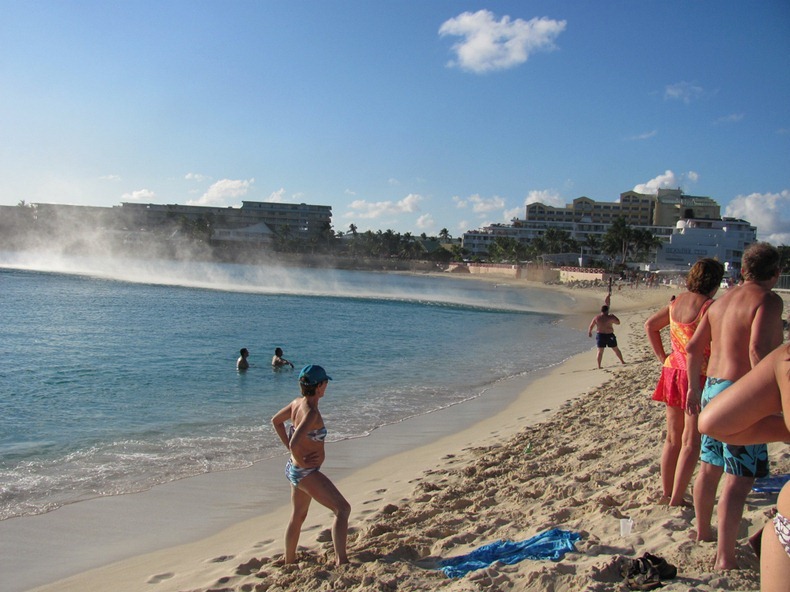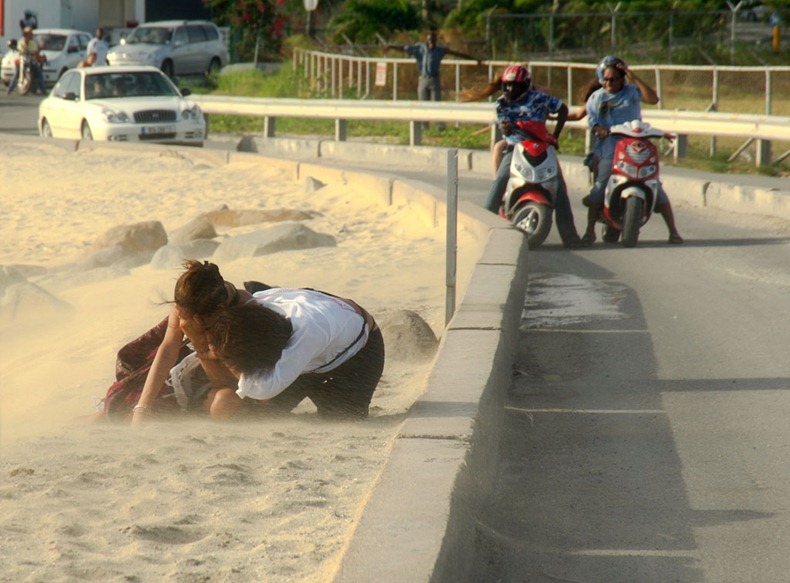On 10 June 1944, at around 2 PM, four days after the Allied invasion of Normandy, approximately 150 Waffen-SS soldiers entered the tranquil village of Oradour-sur-Glane in the Limosin region of south central France. For no apparent reason, Hitler's elite troops destroyed every building in this peaceful village and brutally murdered a total of 642 innocent men, women and children, a tragedy which has gone down in history as one of the worst war crimes committed by the German army in World War II.
A new village of Oradour-sur-Glane was built after the war, at the northwest of the site of the massacre, where ruined remnants of the former village still stand as a memorial to the dead and a representative of similar sites and events. Its museum includes items recovered from the burned-out buildings: watches stopped at the time their owners were burned alive, glasses melted from the intense heat, and various personal items and money.
To this day there is no universally agreed explanation as to why the SS acted as they did, or why they chose Oradour for their attack. The town had been far from any center of conflict, was not, nor had ever been an active resistance stronghold.
There is one theory has to what may have happened. On June 9, 1944, the day before the massacre, a German office named Helmut Kämpfe was kidnapped by the Resistance and taken to Breuilaufa by way of Limoges where he was killed the same day. Whilst he was being driven through Limoges, Kämpfe managed to throw his personal papers out of the vehicle as a clue to his whereabouts; they were found and handed in to his commanding officer Sylvester Stadler.
The same day, another officer, Karl Gerlach and his driver were kidnapped by the Resistance and might have been taken to Oradour-sur-Vayres, about 35 miles away to the south of Oradour-sur-Glane. The two towns are very similar in appearance and Gerlach might have mistaken Oradour-sur-Glane for Oradour-sur-Vayres. Gerlach managed to escape and he report to Stadler what had happened.
Sylvester Stadler believed that the kidnapped officer Kämpfe was being held prisoner at Oradour-sur-Glane. He ordered Adolf Diekmann and his soldiers to proceed to Oradour-sur-Glane and take about thirty villagers hostages to negotiate the release of Helmut Kämpfe. Diekmann instead ordered the population exterminated and the village burned to the ground.
Stadler felt Diekmann had far exceeded his orders and began a judicial investigation. Diekmann was killed in action shortly afterward during the Battle of Normandy, and a large number of the third company, which had committed the massacre, were themselves killed in action within a few days, and the investigation was suspended.
The massacre at Oradour-sur-Glane was not the only collective punishment reprisal action committed by the Waffen SS: other well-documented examples include the French towns of Tulle, Ascq, Maillé, Robert-Espagne, and Clermont-en-Argonne; the Soviet village of Kortelisy (in what is now Ukraine); Lithuanian village of Pirčiupiai; the Czechoslovakian villages of Ležáky and Lidice (in what is now the Czech Republic); the Greek towns of Kalavryta and Distomo; the Dutch town of Putten; Serbian towns of Kragujevac and Kraljevo; Norwegian village of Telavåg; and the Italian villages of Sant'Anna di Stazzema and Marzabotto. Furthermore, the Waffen SS executed hostages (random or selected in suspect groups) throughout France as a deterrent to resistance.

